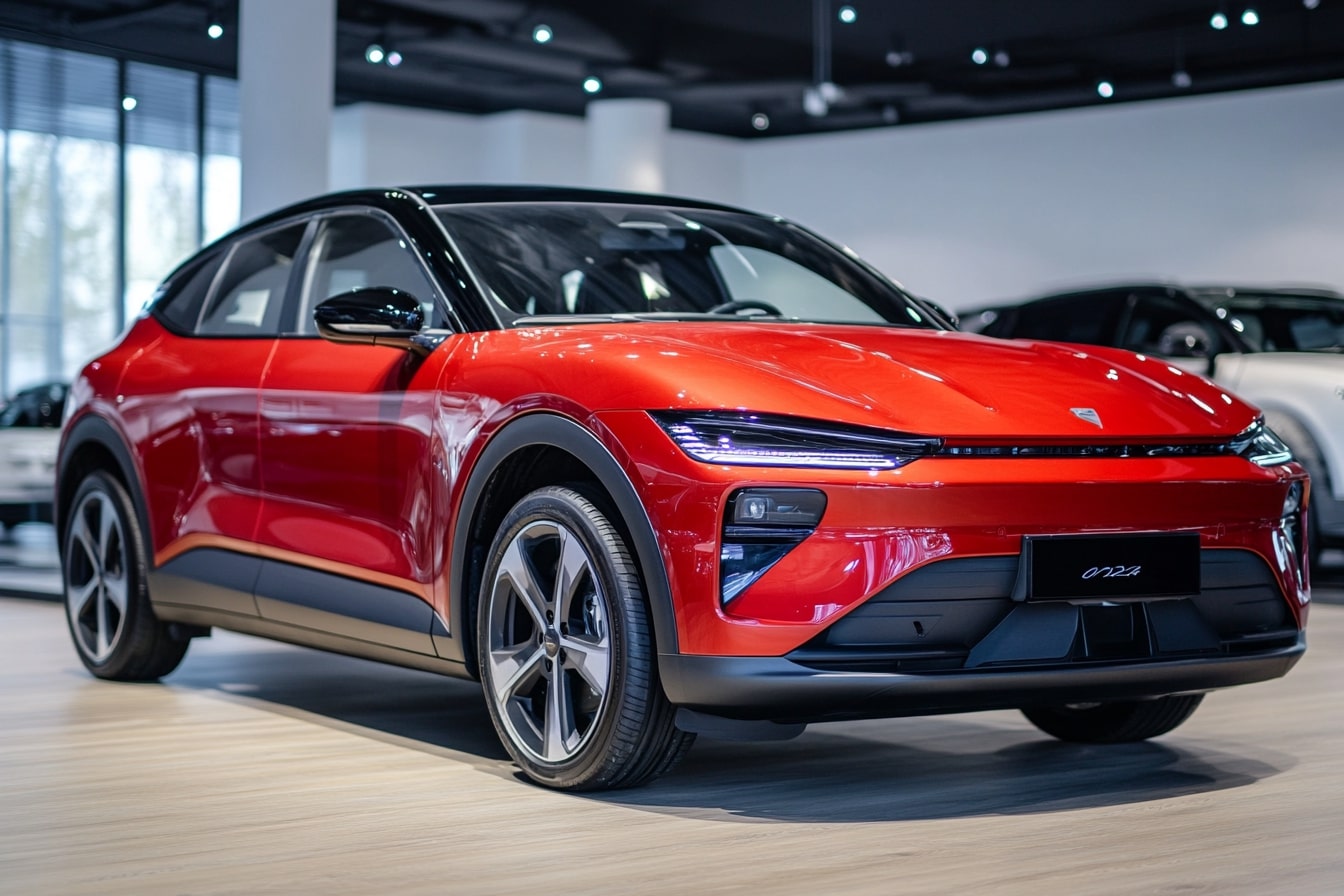What You Need to Know About the Prices of Unsold SUVs
Luxury SUV deals can be enticing, especially when it comes to unsold models. These vehicles often come with attractive price tags that catch the eye of potential buyers. However, understanding the intricacies of pricing for unsold SUVs is crucial before making a purchase decision. This article delves into the factors that influence the cost of unsold luxury SUVs, why they may be priced differently from showroom models, and what you should consider before sealing the deal.

Why are unsold SUVs priced differently from new showroom models?
Unsold SUVs often carry price tags that differ from their brand-new counterparts on the showroom floor. This pricing discrepancy stems from several factors. First, dealerships are eager to clear inventory to make room for newer models. As the model year progresses, the pressure to sell increases, leading to more competitive pricing. Additionally, unsold SUVs may have been used as demo vehicles or display models, slightly reducing their value compared to untouched units. Manufacturers may also offer incentives to dealerships to move these vehicles, allowing for more flexible pricing strategies.
What key factors affect the cost of unsold luxury SUVs?
Several elements play a role in determining the price of unsold luxury SUVs. The age of the vehicle is a primary factor; as newer models arrive, older unsold units become less desirable, prompting price reductions. Market demand also significantly influences pricing. If a particular model is in high demand, even unsold units may maintain a higher price point. Conversely, less popular models may see steeper discounts. The vehicle’s condition, including mileage and any wear from being a demo model, can impact its value. Lastly, regional economic factors and local competition among dealerships can lead to varying prices for similar unsold SUVs in different areas.
What should you consider before purchasing an unsold SUV?
Before committing to an unsold SUV, there are several important considerations to keep in mind. First, research the vehicle’s history to understand why it remained unsold. This may reveal valuable information about its desirability or potential issues. Compare the price of the unsold SUV to both new models and certified pre-owned vehicles to ensure you’re getting a fair deal. Investigate warranty coverage, as some unsold vehicles may have partial warranty periods remaining. Consider the long-term value and depreciation of the vehicle, as an older model year may depreciate faster than a current one. Lastly, thoroughly inspect the vehicle for any signs of wear or damage from its time on the lot or as a demo model.
How do dealerships determine pricing for unsold luxury SUVs?
Dealerships employ various strategies when pricing unsold luxury SUVs. They often start by analyzing the vehicle’s cost to the dealership, including any incentives from the manufacturer. Market analysis plays a crucial role, with dealerships comparing prices of similar models in the area to remain competitive. The length of time the SUV has been in inventory also factors into pricing decisions, with older stock typically seeing more significant discounts. Dealerships may also consider their overall inventory levels and sales targets when setting prices for unsold units. Some may use dynamic pricing models that adjust based on real-time market data and demand fluctuations.
What advantages and disadvantages come with buying an unsold SUV?
Purchasing an unsold SUV can offer both benefits and drawbacks. On the positive side, buyers often enjoy substantial savings compared to new models, sometimes with only minimal usage. These vehicles are typically still considered new, offering full warranty coverage and the latest features. However, there are potential downsides to consider. The model may be slightly outdated, lacking the newest technology or design updates. Resale value might be affected, as the vehicle will be considered an older model year when you decide to sell. Additionally, color and feature options may be limited to what’s available in the unsold inventory.
How do prices of unsold luxury SUVs compare across different brands?
When considering unsold luxury SUVs, it’s essential to compare prices across different brands to ensure you’re getting the best value. Here’s a comparison of estimated price ranges for unsold luxury SUVs from various manufacturers:
| Brand | Model | Estimated Price Range for Unsold Models |
|---|---|---|
| BMW | X5 | $55,000 - $70,000 |
| Mercedes-Benz | GLE | $52,000 - $68,000 |
| Audi | Q7 | $50,000 - $65,000 |
| Lexus | RX | $45,000 - $60,000 |
| Volvo | XC90 | $48,000 - $63,000 |
Prices, rates, or cost estimates mentioned in this article are based on the latest available information but may change over time. Independent research is advised before making financial decisions.
These price ranges reflect potential savings on unsold models compared to their original MSRP. However, actual prices can vary significantly based on factors such as specific features, location, and individual dealership policies. It’s important to note that luxury brands often have different pricing strategies and incentive programs for their unsold inventory, which can lead to variations in available discounts.
In conclusion, understanding the pricing of unsold luxury SUVs requires considering multiple factors, from market demand to dealership strategies. While these vehicles can offer attractive savings, it’s crucial to thoroughly research and compare options before making a purchase. By taking into account the vehicle’s history, warranty coverage, and long-term value, you can make an informed decision on whether an unsold luxury SUV is the right choice for you. Remember that prices can fluctuate, and the best deals often come to those who are patient and well-informed.




